Those yellow rescue tubes started on Kauai beaches by someone BOH editors know, Dr. Monty Downs. They are now part of a worldwide lifesaving program. They made the news again when the installation of twenty rescue tubes on Oahu was announced in a press conference at iconic Sandy Beach Park. This is the same beach where editor Jeff once almost drowned. One question is why it took so long for these to get to Hawaii’s most populous island. Some have said that getting approval from the Honolulu City Council was difficult. But what happened next is as follows.
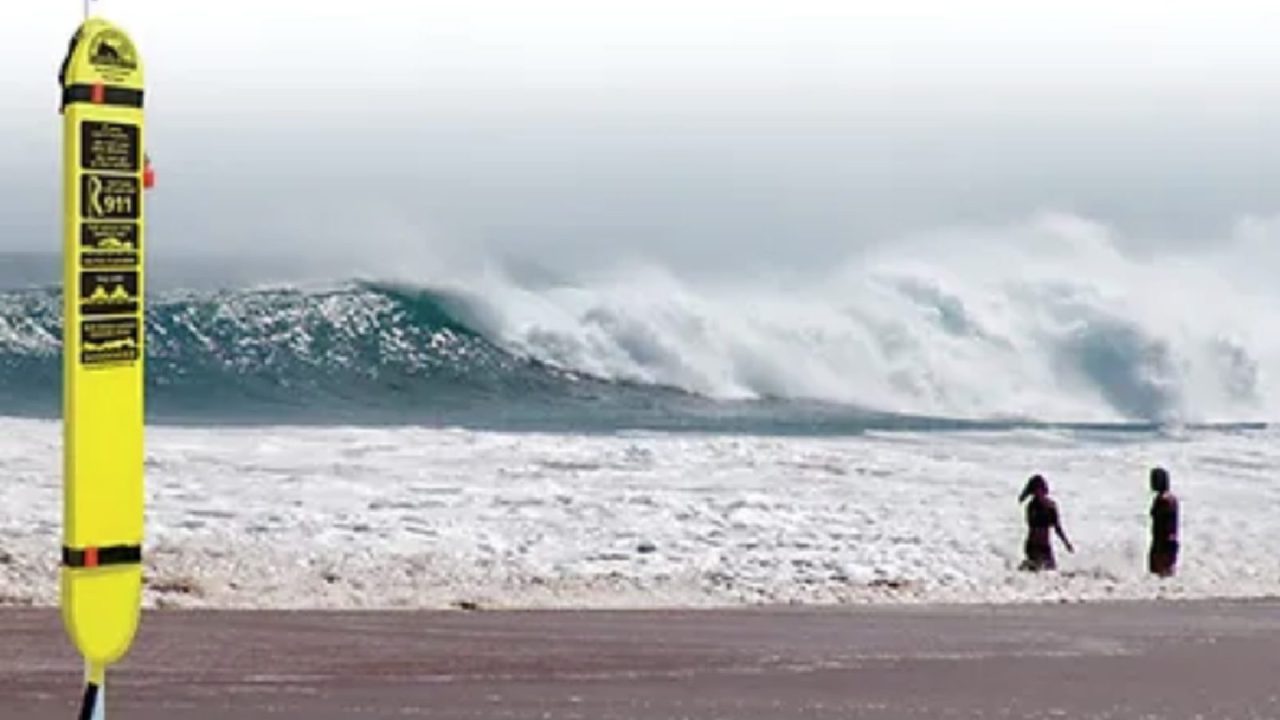

A real-time emergency took place during the actual press conference.
The emergency revolved around two men caught in a surf break at nearby Hawaii Kai. They were successfully rescued using the tubes and by Ocean Rescue. Not only that, but another incident occurred wherein a 20-year-old was also rescued at China Walls.
These lifesaving efforts began on Kauai many years ago.
These unassuming flotation devices are a highly useful means to combat drownings, particularly at beaches that lack lifeguard supervision. Drowning is globally recognized as the third leading cause of unintentional deaths. On Kauai, drownings spurred the Kauai Lifeguard Association’s commitment to maximizing ocean safety.
A total of 220 Rescue Tubes circle the island of Kauai, including at death-defying beaches. They have reportedly saved more than 150 people and potentially avoided 25 tragic drownings. These have become indispensable aids for those attempting to participate in water rescues. The shared flotation devices offer a stabilizing effect for the rescuer and the person needing help. The remarkable success of this life-preserving initiative has since transcended Kauai to the beaches of the Big Island, Maui, and now Oahu.


How to use rescue tubes.
If you encounter someone in distress, waving arms, or calling for help, dial 911 before using the tube. You must do this before attempting a rescue. That way, you know that help is on the way. Do not act instinctively or impulsively. Evaluate the risks and understand your limitations. If you are not a strong swimmer, you should not go out.
Remove the tube from the pole after calling 911, and strap it over your shoulder. You’ll find emergency instructions are printed on each tube. Pass the victim the tube as a shared flotation device. It’s important not to extend your hand because the person in distress may otherwise pull you under. Emphasize reassurance and calmness until professional help arrives. Rescue Tubes are crucial for ocean safety, designed to protect rescuers and stabilize distressed swimmers before lifeguard assistance is available.
While waiting for help, you can both be on the same side of the tube and use it for flotation. Or if you can swim to shore, have the victim hold the back end of the tube while you sidestroke to the beach.
Lions and Rotarians spearheaded beach safety implementation.
The 4-foot-long rescue tube program was launched through two philanthropic organizations, the Lions Club and Rotary. This was done in concert with the Honolulu City Council, the Department of Recreation and Parks, and Ocean Safety.
Rescue Tube Foundation.
Rescue Tubes stand guard 24 hours a day, 365 days a year. Always swim near a lifeguard when possible. When not, Rescue Tubes are there for all of us. Let’s enjoy our beautiful beaches and stay safe!
The Rescue Tube Foundation helped develop the public access personal flotation device in order to reduce avoidable deaths. The first tubes were placed on Hawaii beaches starting in 2008. They are now found on the U.S. mainland and Canada. Rescue Tubes are “designed to be available for anyone to use and protect themselves while they attempt to help a swimmer in distress.” That according to the Rescue Tube Foundation.
We wonder if future rescue tubes may also include GPS so they can be tracked in the water should they go missing.
The four-foot tubes are installed at Oahu beaches from Kailua to Kawaikui.
The exact locations are viewable at bit.ly/OahuBeachAccess. They include the following:
• Kawaikui Beach Park • Shoreline access points in Portlock (i.e. China Walls and Spitting Caves) • Kaiwi Coastline (i.e. Lāna‘i Lookout and Hālona Blowhole) • Sandy Beach Park (Wāwāmalu) • Makapu‘u Beach Park • Kaiona Beach Park • Waimānalo Beach Park • Hūnānaniho • Bellows Field Beach Park • Kailua Beach Park
Have you ever used a rescue tube or seen one used?
Lead image courtesy of Rescue Tube Foundation.
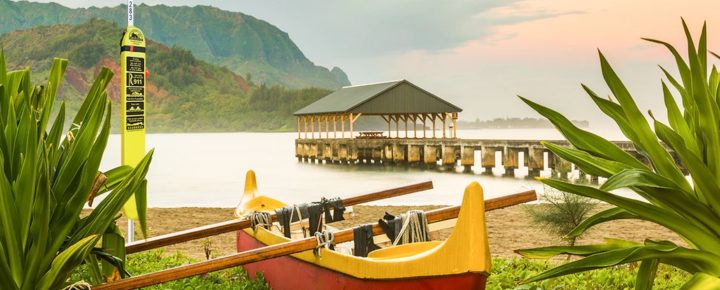

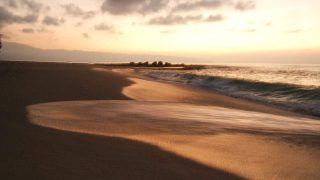
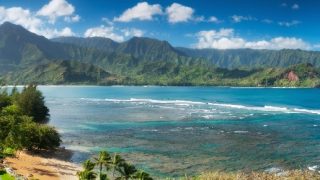
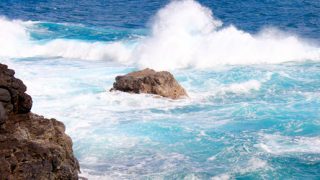
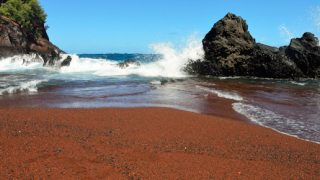
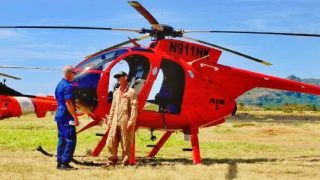
Rob and Jeff, thanks for this very important PSA. Most tourists (and many locals) have never heard of a rescue tube nor how to use one. Think of all the lives that could be saved if the tubes were located at all beaches. Mahalo again. Keep up the good work.
Great post and video. I sure wish the airlines would show these kinds of videos about 30 min before landing. (others showing how to respect honu, reefs, flash floods, snorkel safety, proper sunscreen etc would be great too)
Totally agree. I would suggest infomercials on the tv stations and that travel/tourist channel that details activities around the islands.
Dear Rob and Jeff,
Thank you for bringing this important safety program to our attention. I will follow up with the foundation. We are on the island of Saint Croix as I write. The beaches are beautiful but unguarded. I snorkel/swim with a dive vest. Today, while snorkeling the Frederiksted pier, my wife, who does not where a vest became tired from the long swim. I simplified puffed up my vest and she was able to rest by hanging on. Even strong swimmers get in trouble sometimes! Keep up the great work! Warm regards, Hugh
Mahalo for a very important post, especially with winter swells coming in! February 2022 my husband helped rescue 2 different people on 2 different days…one 40+ in-shape woman yelling “Help! Help!” every so softly as she drifted out to sea…another a not in-shape 40+ man on a boogie board yelling “get a lifeguard! I need a lifeguard!”…there are no lifeguards at Kaanapali Maui. I sent my husband to save the women & both were quickly pulled out to sea;I struggled to shore to look for help; a guy with fins & another with a board saw them, went out & saved them! Boogie board guy- we yelled to him to swim horizontal to shore, then try to come in…friends ended up grabbing their boards to get him. I now know & see all tubes!